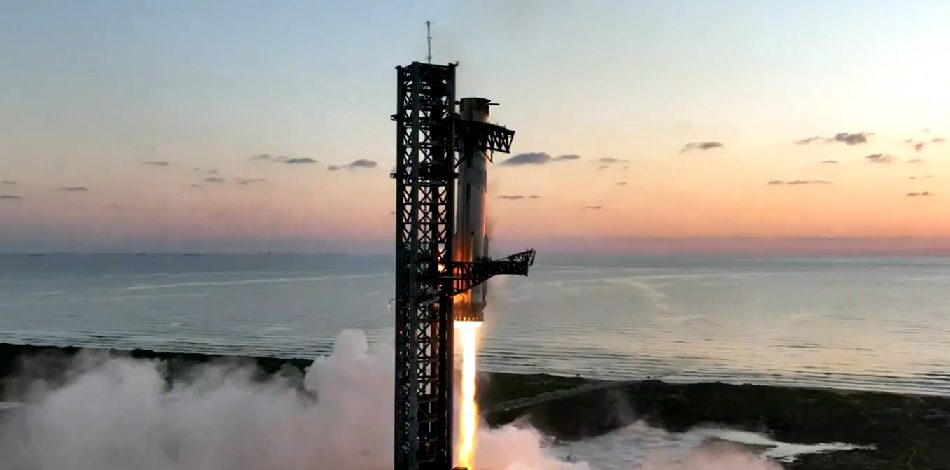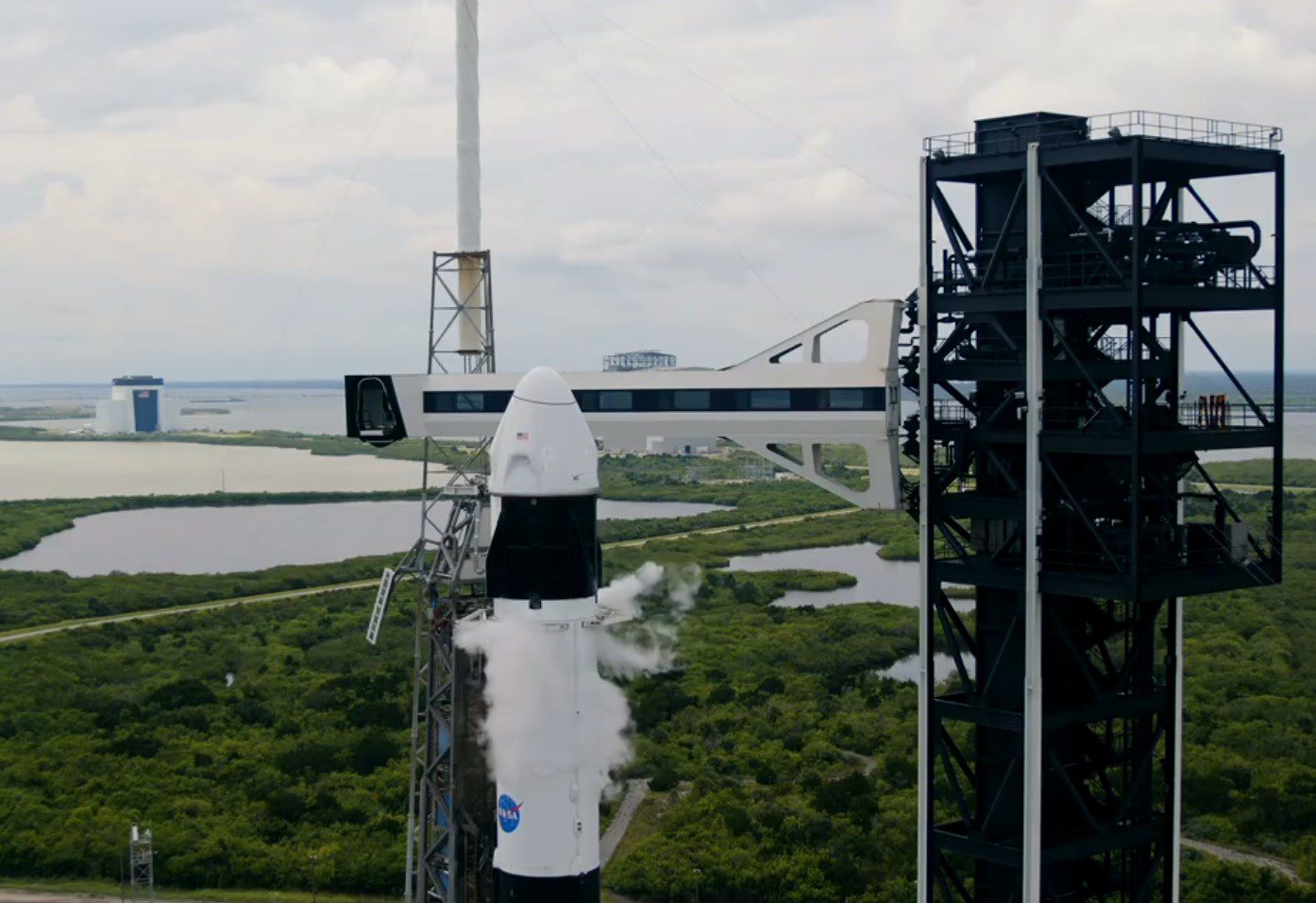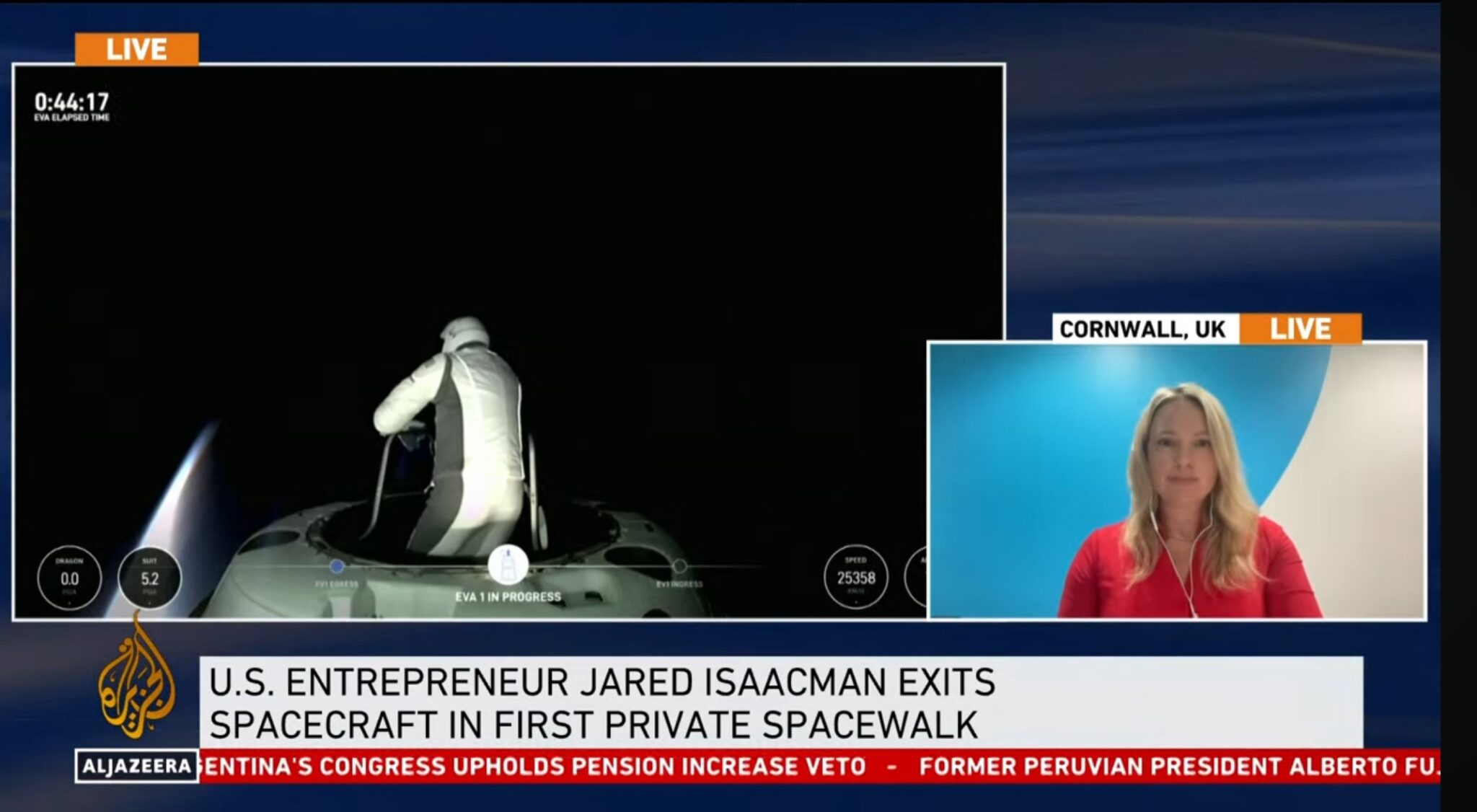The Mars One plan to base a reality TV show on the surface of Mars in 2024 and its competition to send 24 participants there has, of course, ended in tears. To no-one’s surprise, except perhaps its instigators Bas Lansdorp and Arno Wielders, the project came to a formal end as it filed for bankruptcy in a Swiss court in January.
The Mars One plan, which was announced in December 2013, had been to finance the colony project from astronaut application fees (several thousand individuals from around the world applied which was whittled down to 100 potential candidates), via donations and private investments, and then, most importantly, from the sale of future world television broadcasting rights.
Mars One officially consisted of two entities: the not-for-profit Mars One Foundation, and the for-profit company Mars One Ventures which was to sell the broadcasting rights. The Mars One Foundation which managed the project, was based in The Netherlands.
Mars One tried to hold off the derision of many critics who doubted its technical and financial viability, by commissioning Mars rover and communications spacecraft design studies from the US firm Lockheed Martin and the UK based SSTL respectively. However, funding difficulties meant that this could not be proceeded with beyond initial paper concept designs. Mars One hoped to eventually employ SpaceX for its Mars transportation needs using its Mars Dragon spacecraft and Falcon Heavy launch vehicle, however these were never contracted for.
In the end, despite receiving a reported “tens of millions” of dollars in funding, this was nowhere near Mars One’s own estimate of US$6 billion for the cost to complete the project. As it was, the project’s original detractors estimated that even this target figure was at least a magnitude less than what was really needed.








